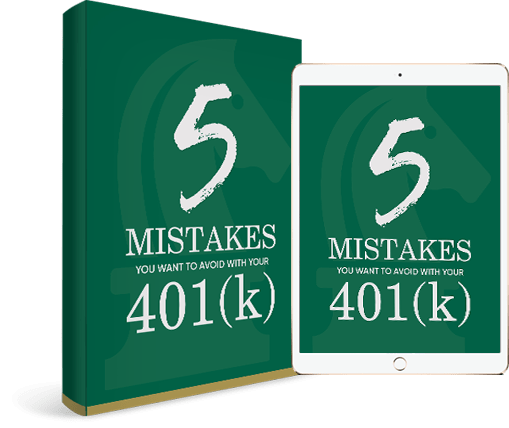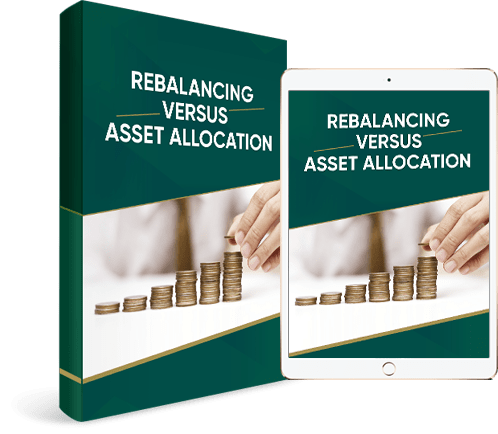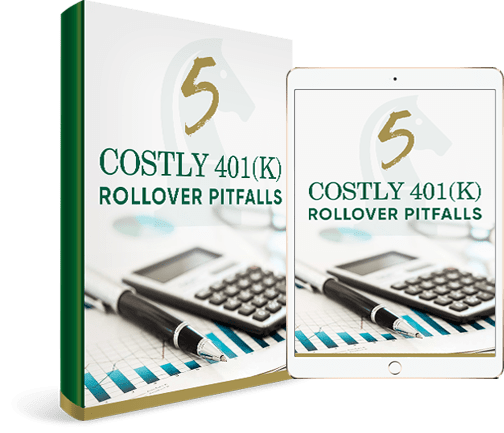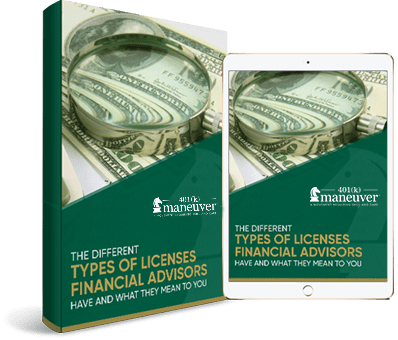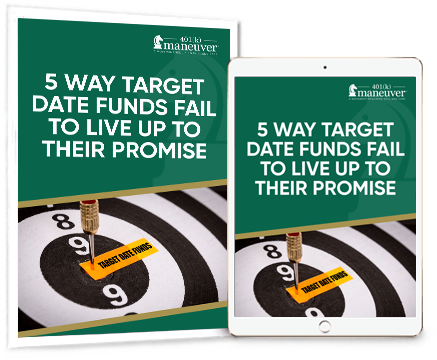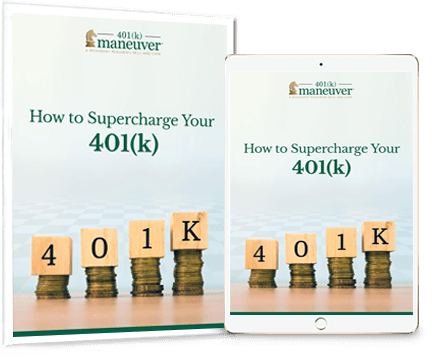
Balancing Debt and Retirement Savings in 2023
With today’s economic landscape characterized by persistent inflation and rising interest rates, it’s no surprise that American households are feeling financial pressure.
This has many Americans grappling with crucial financial questions:
Should I pull back on my retirement savings contributions?
Should I focus on paying off debt instead of saving for retirement?
How do I balance securing my financial future while addressing immediate financial obligations?
If you’re among those grappling with this dilemma, read on for insights on how you can effectively manage both financial goals.
The Growing Debt Problem

According to the New York Fed data recently released, total household debt rose in the second quarter of 2023 to $17.06 trillion.¹
Credit card balances saw the largest increase of all debt types – $45 billion – and now stands at a historic $1.03 trillion.²
In May 2023, the average credit card interest rate was 22.16%, according to The Federal Reserve.³
It’s important to clarify that this debt isn’t accrued for extravagant vacations or luxury items; rather, it’s largely driven by the rising costs of essentials like housing, healthcare, and education.
A U.S. News & World Report survey asked “consumers to give the main reason for their credit-card debt. The most common response was ‘increased costs coupled with insufficient income.’”⁴
And that’s just credit card debt. More Americans also took on personal loans in 2023.
“Personal loan borrowers owe $232 billion in debt as of the second quarter of 2023 – the highest in the 17 years for which data is available. That’s a substantial 21.5% increase from the second quarter of 2022, when Americans owed $191 billion.”⁵
As more Americans find themselves taking on high-interest debt simply to cover their basic living expenses, it’s placing substantial strain on their financial well-being.
And impacting how much investors can save for their desired retirement lifestyle.
To amplify the problem…as the cost of living continues to rise, the amount required for a comfortable retirement also increases.
Breaking Down the Problem

If you are currently drowning in high-interest debt, you may be tempted to stop saving for retirement altogether and instead pay off your debt.
However, this approach carries its own set of consequences.
If you dedicate the next 5 years exclusively to debt repayment, you may become debt-free within that time frame, but you’ll also find yourself 5 years behind in building your retirement savings.
This means potentially missing out on 5 years of compounded investment returns that regular retirement contributions could have provided.
It’s time and money that is hard to get back.
Furthermore, individuals with 401(k) accounts who forgo contributing at least enough to receive their company’s matching funds during this 5-year period may miss out on 5 years of essentially free money.
On the flip side, the interest rates on your outstanding debt may surpass the potential returns you expect on your retirement investments.
For example, you hold $10,000 in credit card debt with an APR of 20%, and your 401(k) is expected to yield an annual return of 7%.
Choosing to pay only the minimum on your credit card while allocating funds to your retirement savings would mean incurring a net loss of 13% on your invested amount.
Debt Repayment or 401(k) Contributions?

The key to resolving this financial conundrum is to reframe the question itself.
Instead of viewing it as a choice between paying off debt OR saving for retirement, ask this question: How can I pay off debt AND save for retirement concurrently?
Here are some suggestions for achieving this dual financial objective:
- Prioritize High-Interest Debt: Begin by paying down high-interest debt while still allocating a portion of your income to retirement savings. It’s crucial to at least contribute enough to your 401(k) to secure your company’s match, as this is essentially “free money.” Afterward, direct any extra funds toward high-interest debt repayment.
- Establish a Budget: Create a budget that emphasizes debt reduction while also allowing you to contribute sufficiently to your 401(k) to obtain the full employer match. This balanced approach ensures that you’re not sacrificing valuable employer contributions while working to reduce debt. Also, make sure to budget in money to build your emergency fund.
- Build an Emergency Savings: The truth is, if you had an emergency fund to begin with, you probably wouldn’t be in debt or struggling to make ends meet. To avoid falling back into debt during unexpected financial emergencies, make funding this a priority.
- Balanced Retirement Contributions: After addressing high-priority debt, increase your retirement savings contributions (even a modest percentage can have a substantial impact) while maintaining progress on debt reduction.
- Maximize Retirement Contributions: As your debt becomes manageable or is eliminated entirely, strive to maximize your annual retirement savings contributions. Continue allocating funds towards retirement savings as you approach retirement age, maintaining a steady focus on your long-term financial security. Additionally, keep funding your emergency savings and avoid overspending.
Better Prepare for a Life of Abundance in Retirement.
Check us out on YouTube.
SOURCES
- https://www.newyorkfed.org/newsevents/news/research/2023/20230808#
- https://www.newyorkfed.org/newsevents/news/research/2023/20230808#
- https://fred.stlouisfed.org/series/TERMCBCCINTNS
- https://money.usnews.com/credit-cards/articles/survey-nearly-82-worry-about-their-credit-card-debt
- https://www.lendingtree.com/personal/personal-loans-statistics/



